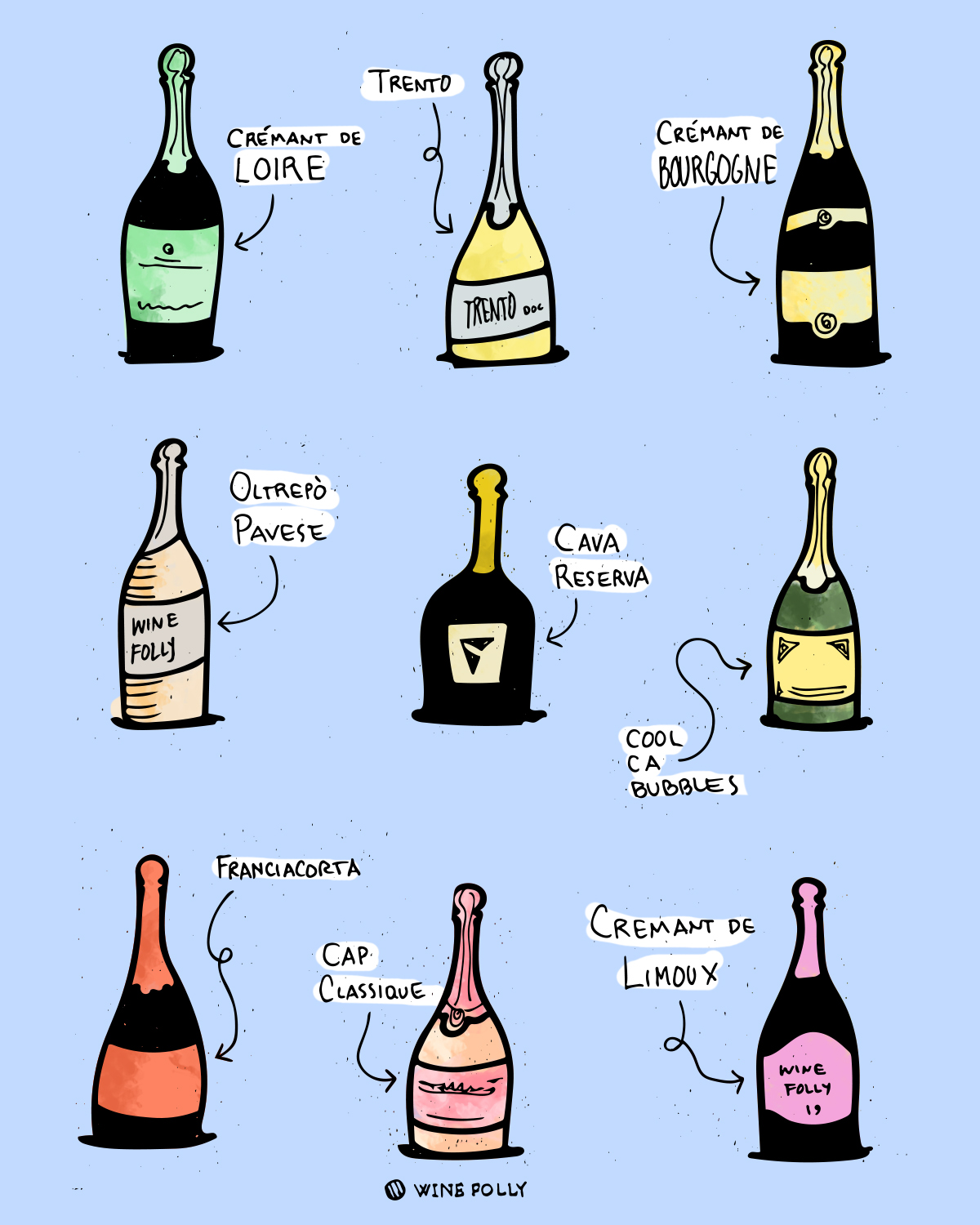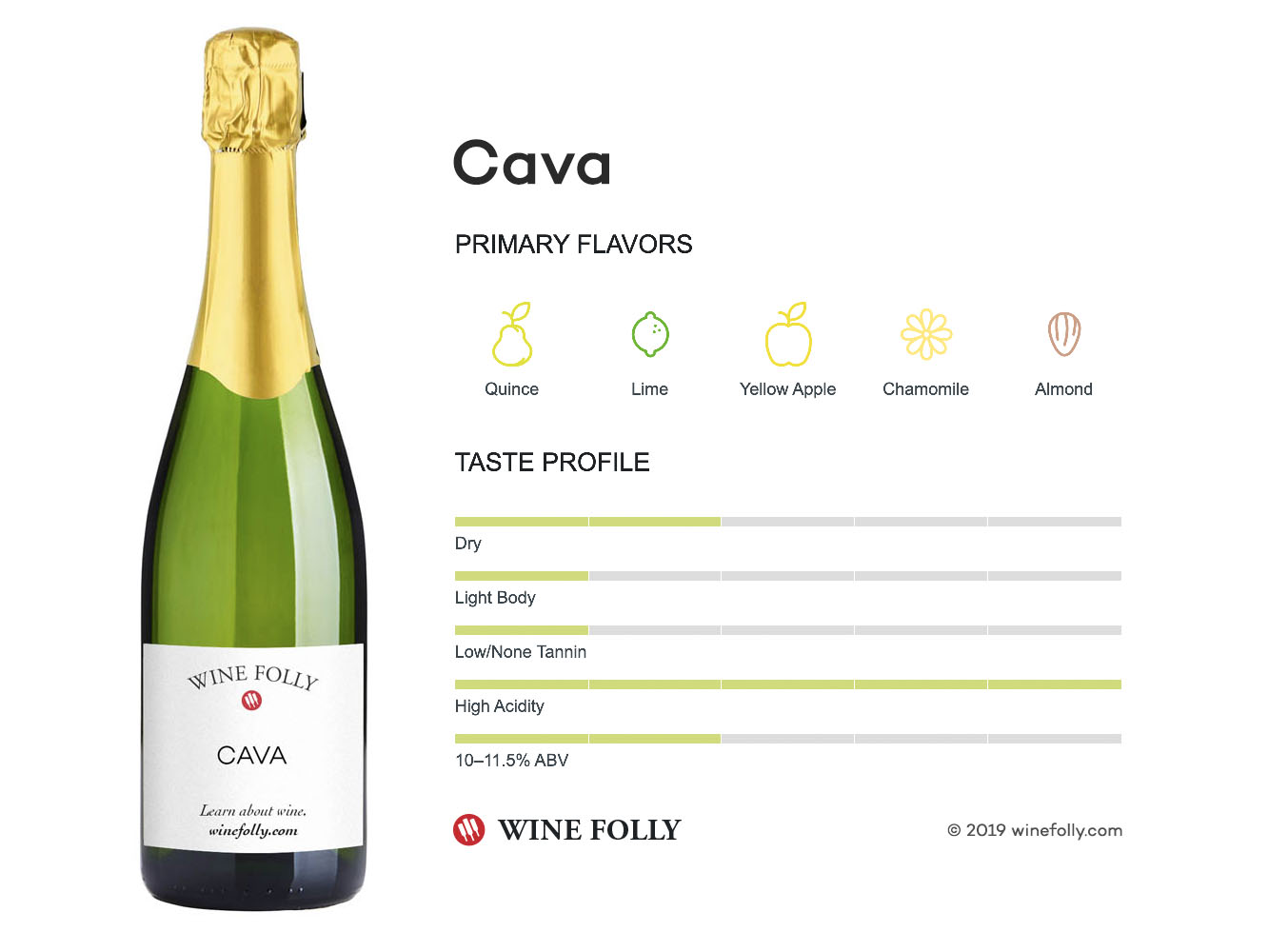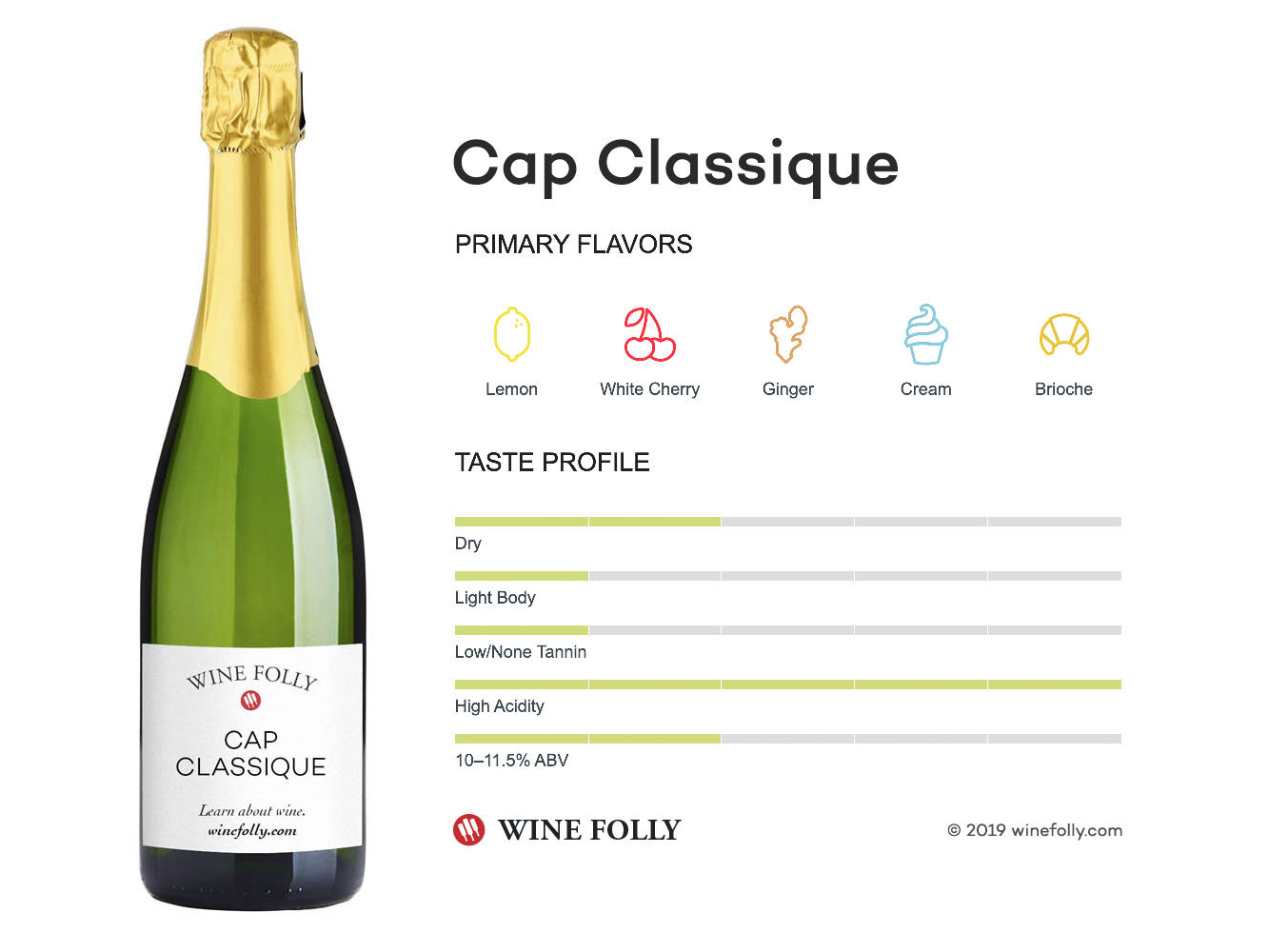We all love Champagne. We all need Champagne. That being said, the best cheap Champagne might not actually be called Champagne at all.

Let’s explore a few great alternatives to Champagne.
- Wines include Cava, Crémant, and Metodo Classico (to name a few).
- They’re made with the same winemaking process as Champagne.
- Since they’re not from the Champagne region, they’re more affordable.
Of course, not all sparkling wines are made equally, so it’s possible to go wrong when you branch out. Thus, if you’re looking for wines with similar quality to NV (non-vintage) Champagne, be sure to keep the wines below on your radar!

Cava from Spain
Look for Cava with “Reserva” or “Gran Reserva” on the label for great quality.
Cava is an official designation for sparkling wines from Spain. While there’s a lot of cheaply-made Cava out in the market, there are also terrific values to be had. For great quality, seek out wines that are labelled Reserva, Gran Reserva, or the rare Paraje Calificado.

The reason why these Cava terms are useful to know is because Spain has strict aging requirements that are very similar to Champagne. Plus, if you’re looking for Cava’s most exclusive tier, the Paraje Calificado is a single-vineyard classification.

Crémant from France
Exquisite choices to seek out are Crémant de Loire and Crémant de Limoux.
The crazy secret about France is that there are other sparkling wine regions producing great bubbly outside of Champagne.
- Crémant de Loire This delightful find is often produced with Chenin Blanc grapes. Often they make a Cabernet Franc, which results in a beautiful salmon-hued rosé.
- Crémant de Limoux Found in the Southern part of France in granite hills, Limoux produces stupendous sparklers with Chenin Blanc and Chardonnay. Rumor has it that this region inspired Dom Perignon to reintroduce the sparkling wine process to Champagne.
- Crémant de Bourgogne This region borders Champagne. It’s right next door! So, the secret to Crémant de Bourgogne are the label terms of “Eminent” and “Grand Eminent,” which indicate extended aging.

Crémant is a fantastic value and it’s French (well, mostly!). If you’re curious to learn more, check out this awesome article exploring the different Crémant wines of the world.
Why the best cheap Champagne isn’t from Champagne at all…
The name “Champagne” is a protected designation for wines from a small region northeast of Paris. Champagne is an amazing wine region, but because it’s so famous, the prices start high. Most of us can expect to spend upwards of $40 a bottle for a basic, entry-level Champagne.

Metodo Classico from Italy
Italy’s version of “Champagne” includes wines like Franciacorta and Trento.
The traditional Champagne winemaking method is considered to be the benchmark method for sparkling wines. In Italy, wines made with this method are labeled as “Metodo Classico” and there are a few regions known for this style.
- Franciacorta About an hour’s drive from Milan, this region produces exceptional sparkling wines with Chardonnay, Pinot Blanc, and Pinot Noir. Look for the Millesimato or Riserva bottles for the wines that are aged as long as the finest vintage Champagne.
- Trento This region is an alpine valley which happens to specialize in sparkling Chardonnay! Ironically, though, the largest producer here is named after an Italian sports car.
- Oltrepo Pavese A Pinot Noir hotspot producing fruity rosé and heady blanc de noirs bubbles. Look for Oltrepò Pavese Metodo Classico DOCG for the real deal.

New World Sparkling Wines
Look for sparklers from cooler coastal regions with a history of great quality.
The secret to great sparkling wines starts with great grapes. Traditionally, Champagne calls for Chardonnay, Pinot Noir, and Pinot Meunier. What you might not know is that these grapes (and other sparkling wine grapes) prefer cooler climates to produce their high acidity.
So, if you look around the world at different wine regions, you’ll see a trend showing that cooler climate areas produce great sparkling wines!
- South Africa Cap Classique The coastal growing regions in the Cape produce outstanding Chenin Blanc and Chardonnay bubbly under a producer’s association called Cap Classique. Each year they hold a challenge to find the new best bubbly. Here’s a list of last year’s winners.
- United States Yes, you can find great sparkling wines in California in the cooler spots of Napa and Sonoma. Most of them cost upwards of $25-$30 per bottle. But, what will really blow your mind is this cheap-yet-delicious stuff they’re making in New Mexico. Now that’s value!
- Tasmania There’s one winery exporting sparkling wines named after the explorer who “found” Tasmania. Actually, it’s delicious and Janz made the hot list of wines for the holidays.
- England The English finally have something great to show off. English sparkling wine is truly incredible juice that meets or beats the quality of Champagne. But, since it costs the same, you might as well just buy Champagne.

The Best Cheap Champagne For Reals?
If you’re still determined to buy Champagne, we can’t hold that against you. There’s something sour, cheesy, creamy, and funky about great Champagne that makes it truly unique.
That being said, the entire countryside of the region is overrun by large brands that very much control the marketplace of Champagne. Buying cheap Champagne helps sustain that system, which is stacked against the little guy.
So instead, try digging into this stuff called “grower Champagne.” Very simply, it’s a Champagne that’s made by the grape grower. We have this awesome article all about Champagne, and you can learn more about picking the right stuff for your taste.